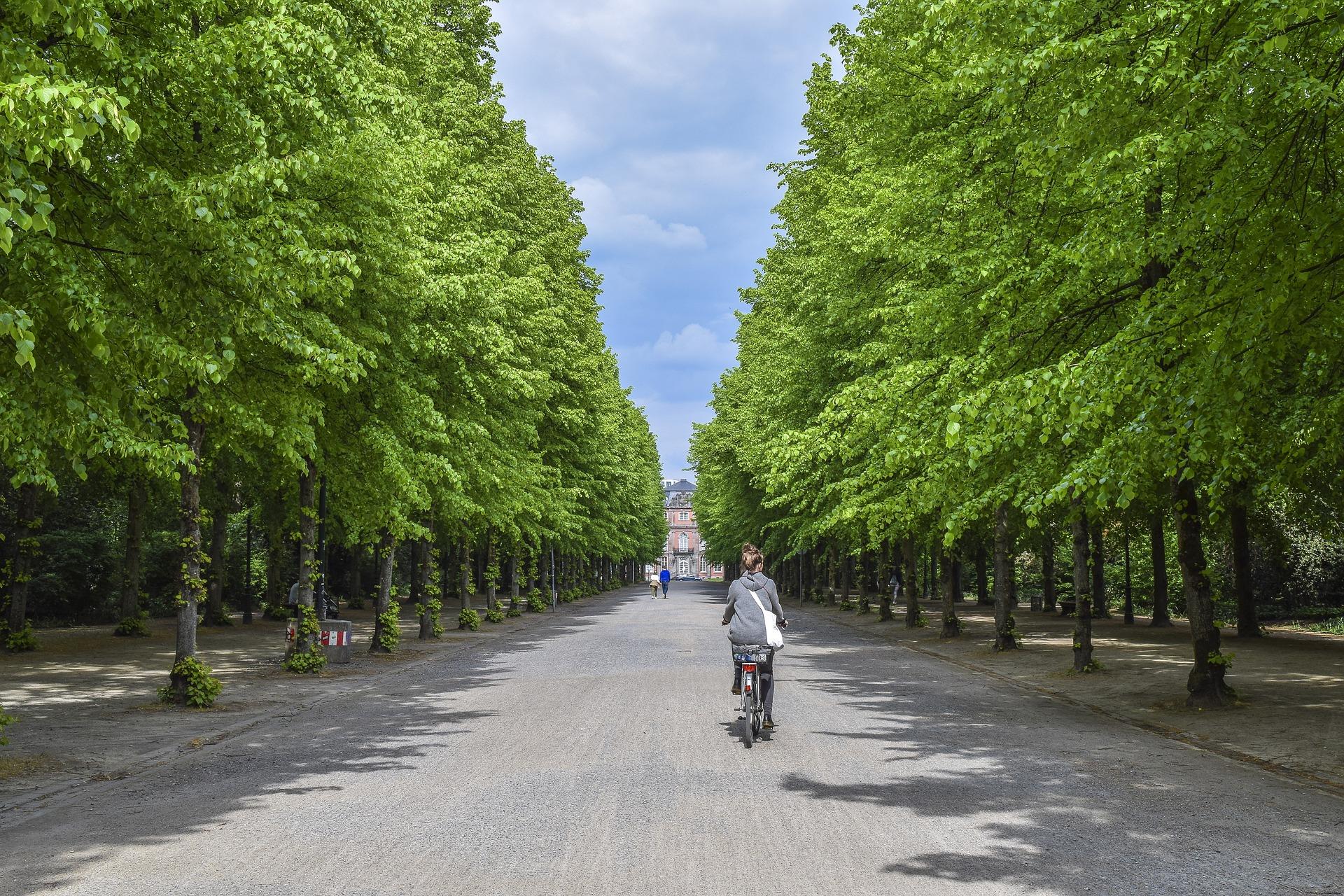
Urban forestation: increasing the natural capital of cities
The overpopulation of cities, the concentration of pollutants and the drastic rise in temperatures make the implementation of metropolitan area forestation projects indispensable.
This form of sustainable development involves improving the quality of life of citizens by introducing or bringing green spaces back into urban, peri-urban and suburban areas of cities.
Therefore, we can say that the aim is to restore a balance between natural resources and urban development. Hence the fundamental role of urban forestation.
Definition of “urban forestation”
Urban forestry is a specialised branch of forestry science. The activity consists of the development and management of urban greenery, whether private or public, and in particular the creation of green infrastructure. For example:
- urban forests and public parks
- roofs, walls and green architectures in general
- tree-lined avenues, gardens and green oases
- school and sanitary yards
- areas for urban agriculture
- areas designated for urban gardens

Thus, we can define urban reforestation as a kind of renaturalisation of cities that leads to a mitigation of the microclimate and an increase in urban biodiversity. Furthermore, the proper management of forest resources in the urban ecosystem promotes people's physiological and psychological well-being.
Urban forestation projects involve professional figures in synergy, such as agronomists, green architects, ecologists, gardeners, foresters, landscape architects, pedologists, engineers and urban planners.
The EU Forestry Strategy 2030: utopia or concreteness?
The EU Forest Strategy is an initiative of the European Green Deal. It aims to implement the objective of improving the quality and quantity of forests on European territory in order to promote the bio-economy and combat climate change.
The question that arises is: what is the current situation in European countries? How far have we come?

In countries such as Germany, France, Belgium and Spain, reforestation programmes and projects are growing. In Italy, on the other hand, the situation is more than critical.
Let's see why.
Urban and suburban forestation plan of the Italian PNRR: an unfortunate situation that continues
The total funds earmarked for the protection and enhancement of urban and suburban green spaces in Italy amount to € 330 million. Between 2021 and 2022, € 84 million have already been allocated to 11 cities (out of a total of 14).
As far as 2023 is concerned, the planting of trees is extremely delayed: some of the plants planted have been subjected to climatic problems such as drought and consequent dieback. In other cases, nursery planting has been used, resulting in long delays.
In recent days, the Ministry of Ecological Transition has announced that a total of 6.6 million plants will be planted in Italy's 14 metropolitan cities by 2024. A decidedly small number if we take into consideration the total number of inhabitants of these urban areas.
Italy, as always, is the tail end.
Is creating green cities enough to combat pollution?
Although urban forests help to reduce pollution, they are not the solution for our survival.
As already explained in another article, 'reducing pollution' does not mean 'de-polluting'. The goal of falling within legal limits does not mean decontaminating environmental matrices and returning to breathing healthy air.
Once again, we resort to the concrete and effective solution for the elimination of environmental pollutants: the application of the Mendini Discovery, which in the urban reforestation project would be a perfect combination to achieve truly sustainable cities and guarantee the achievement of this specific goal of the UN 2030 Agenda.